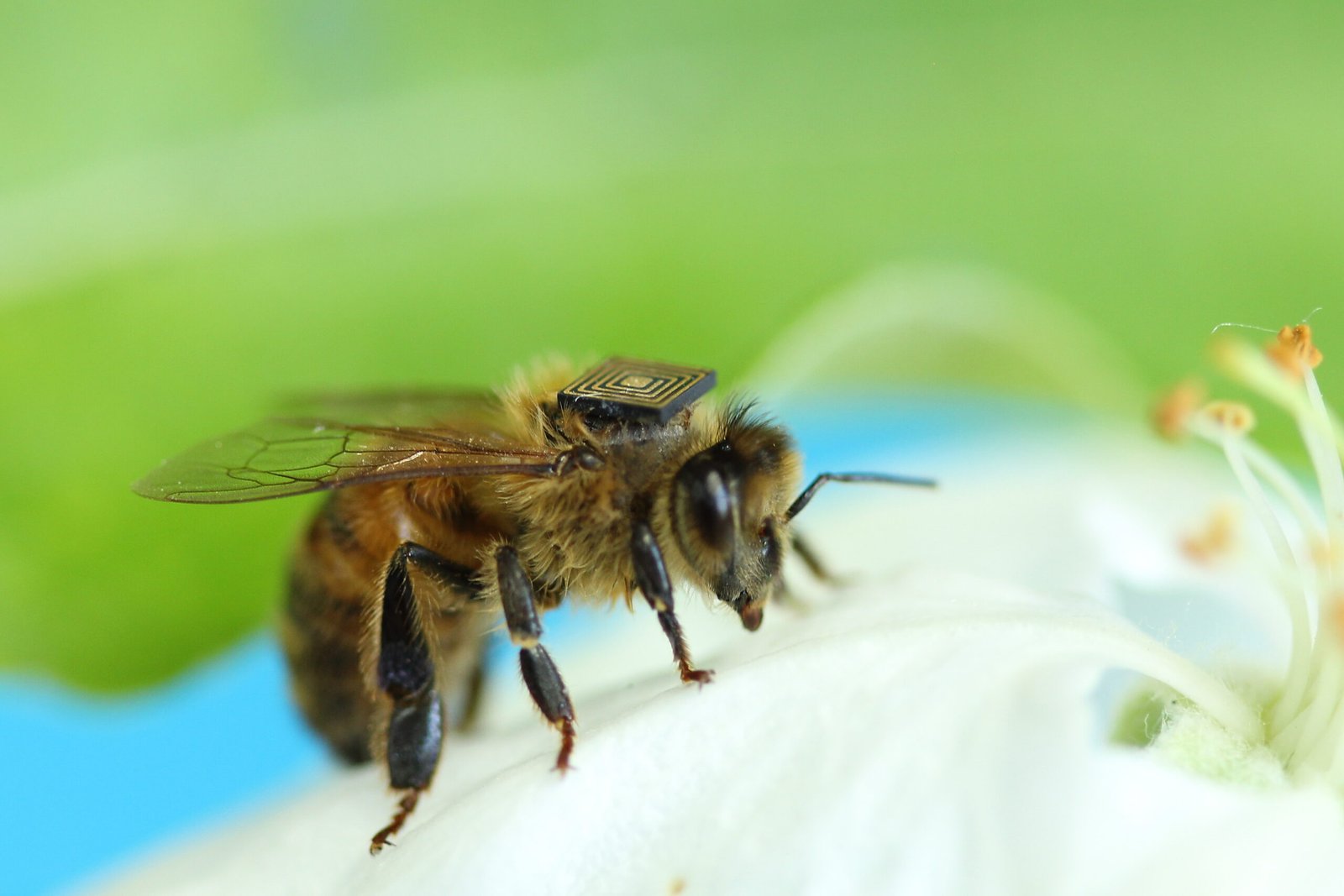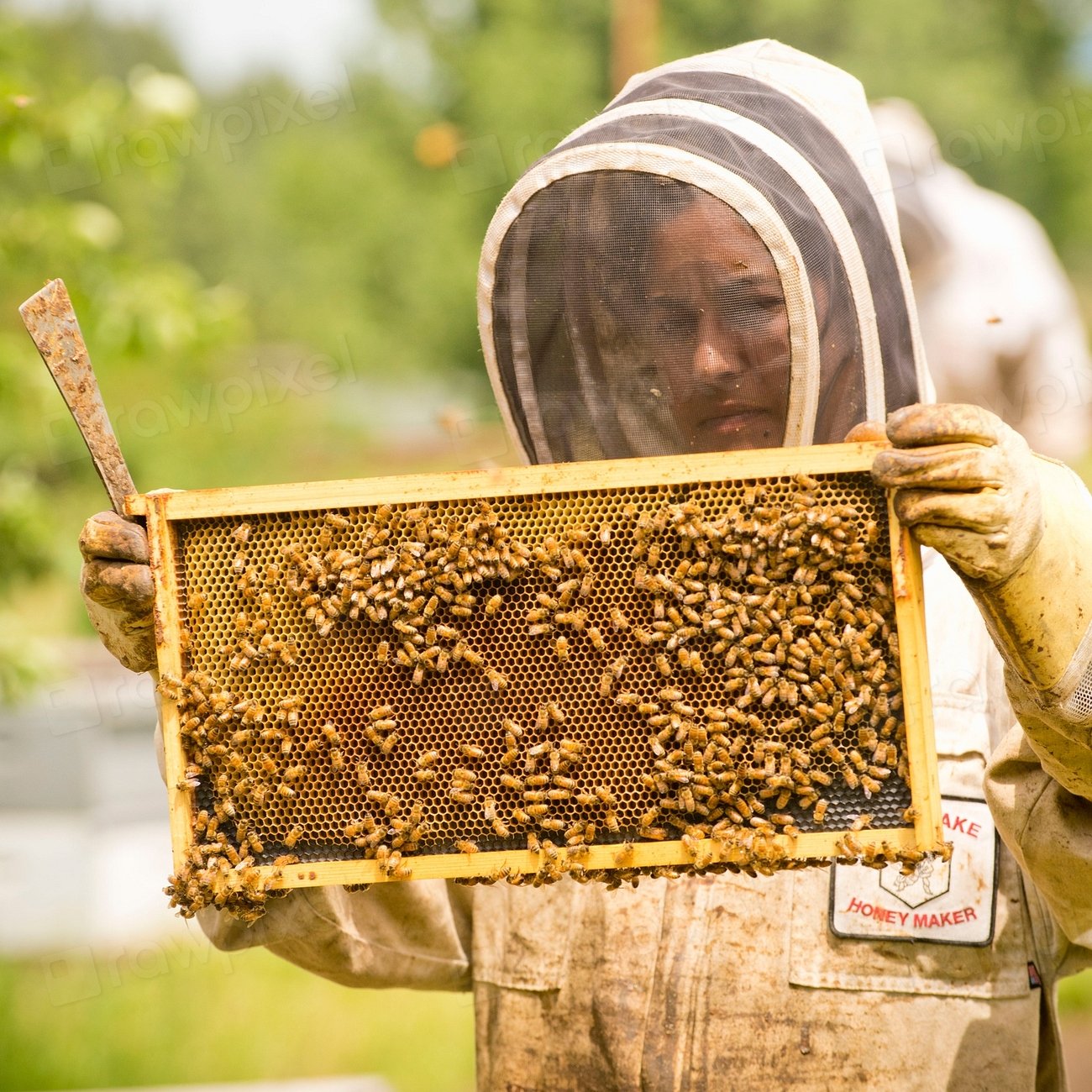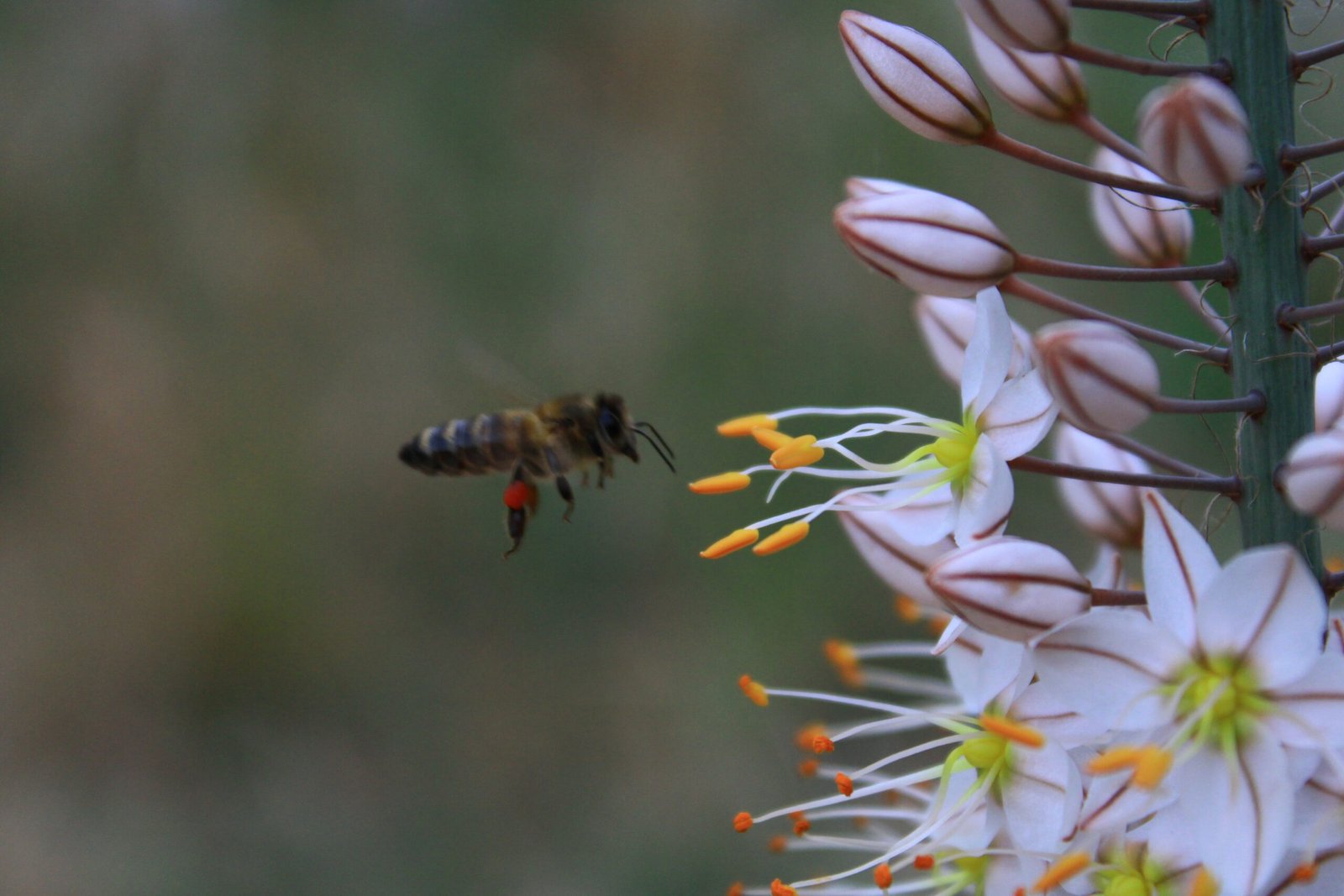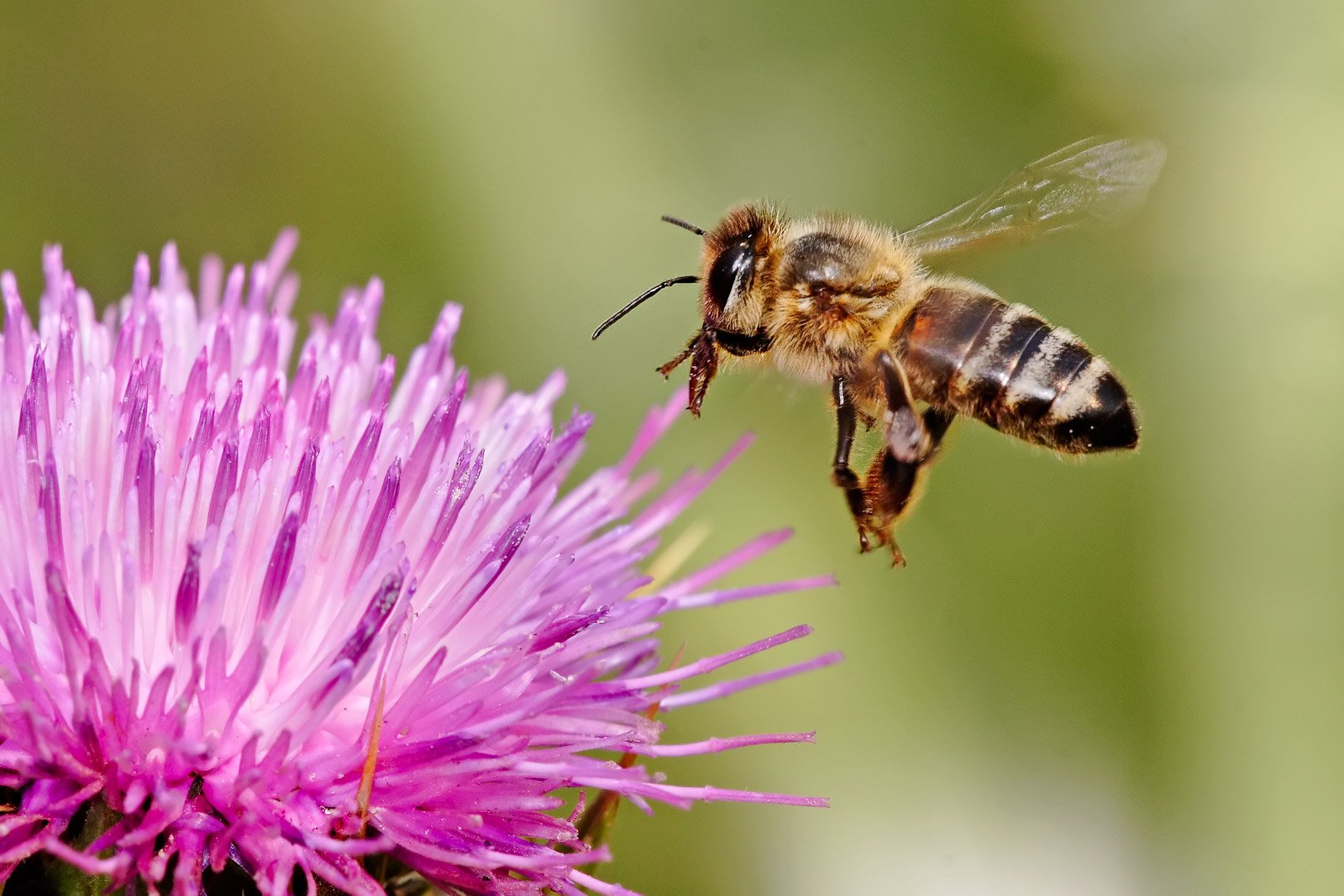Imagine a world where the gentle hum of bees vanishes, flowers stand unvisited, and the colors of spring seem to fade just a little. Hard to picture, right? Yet, this scenario is closer than we’d like to admit. Bees may be tiny, but their impact on our world is gigantic. They are nature’s unsung heroes, quietly working behind the scenes, and on World Bee Day, their story deserves the spotlight. If you’ve ever marveled at a blooming garden, enjoyed a crunchy apple, or drizzled golden honey on your toast, you’ve benefited from the tireless work of these fascinating creatures. The science behind their buzz goes far beyond what meets the eye—and why it matters might just surprise you.
The History of World Bee Day
World Bee Day falls on May 20th, honoring the birth of Anton Janša, a pioneer of modern beekeeping from Slovenia. This day was established by the United Nations in 2017 to raise awareness about the essential role bees and other pollinators play in keeping our planet healthy. The idea took root when beekeepers and activists noticed how fast bee populations were declining worldwide. With a global nod to this cause, World Bee Day has grown into a heartfelt celebration and an urgent call to action. People around the world now use this day to reflect on the little winged workers that keep our ecosystems buzzing. Events range from educational workshops to honey tastings, all aimed at deepening our appreciation for bees. It’s a day that blends science, culture, and sustainability into one sweet package.
The Anatomy of a Bee: More Than Meets the Eye
At first glance, a bee might seem simple, but its body reveals a marvel of engineering. Each bee has three main parts: the head, thorax, and abdomen. On its head, two compound eyes can detect ultraviolet light, helping bees find flowers invisible to us. Their antennae act like tiny sensors, picking up scents and vibrations. The thorax houses powerful muscles that drive their rapid wingbeats—up to 230 flaps per second! The abdomen contains the stinger, wax glands, and a unique pollen basket on the hind legs. These adaptations turn bees into efficient pollinators, able to collect pollen and nectar with astonishing speed. Next time you spot a bee, remember: you’re looking at nature’s own Swiss Army knife.
The Power of Pollination
Bees are the ultimate matchmakers of the plant world. As they travel from flower to flower, they transfer pollen, ensuring plants can produce fruit and seeds. About 75% of the world’s flowering plants rely on animal pollinators, and bees are the MVPs. Without them, crops like apples, almonds, and blueberries would be in serious trouble. Scientists estimate that one out of every three bites of food depends on pollinators like bees. Even livestock benefit, since many animal feeds come from bee-pollinated plants. This simple act—buzzing from bloom to bloom—ripples through our entire food system. Pollination isn’t just a service; it’s a lifeline connecting plants, animals, and people.
Bees and Biodiversity: Guardians of the Ecosystem
Bees are key players in maintaining biodiversity. Their pollination services help wild plants reproduce, supporting entire ecosystems. When bees thrive, wildflowers flourish, creating habitats for birds, butterflies, and countless other creatures. Studies have shown that areas rich in bee diversity also boast higher numbers of other insect and animal species. Bees’ presence is like a glue holding natural communities together. When they disappear, the web of life can unravel, leading to fewer plants, less food, and declining wildlife populations. In a way, bees are the silent architects of the wild, shaping the landscapes we cherish.
A Symphony of Bee Species
Not all bees are created equal. There are over 20,000 known bee species, ranging from familiar honey bees to solitary mason bees and fuzzy bumblebees. Each species has its own quirks—some live in hives, others nest in tunnels or even snail shells. Honey bees, the most famous, work together in highly organized colonies, while solitary bees go it alone. The diversity in bee species means there’s a pollinator for nearly every plant and climate. Some bees specialize in certain flowers, forming tight-knit partnerships that have evolved over millions of years. This variety is nature’s insurance policy, making the pollination network strong and resilient.
The Dance Language of Bees

Bees communicate in ways that seem almost magical. One of the most fascinating is the “waggle dance,” a series of movements performed by honey bees to share information about food sources. When a bee finds a rich patch of flowers, she returns to the hive and dances in a figure-eight pattern, waggling her body to indicate the direction and distance of the nectar. Other bees watch closely, decoding the dance and then flying off to the exact location. This remarkable behavior was first decoded by Nobel Prize winner Karl von Frisch, and it remains one of the most extraordinary examples of animal communication. Imagine if humans could give directions just by dancing—life would certainly be more interesting!
How Bees See the World
Bees don’t see the world quite like we do. Their eyes are tuned to ultraviolet light, revealing patterns on flowers invisible to human eyes. These UV patterns act like landing strips, guiding bees straight to the nectar. Bees also see colors differently—they’re especially attracted to blue, violet, and yellow flowers. This unique vision allows them to identify the best flowers quickly, making their foraging trips more efficient. Scientists have even used special cameras to reveal how a bee sees a garden, uncovering a vibrant hidden world. Their vision is a superpower that turns the ordinary into the extraordinary.
The Sweet Science of Honey Production
Honey is more than just a tasty treat—it’s a product of complex teamwork. Worker bees visit thousands of flowers, sucking up nectar and storing it in a special stomach. Back at the hive, the nectar is passed from bee to bee, gradually reducing its water content. Enzymes break down the sugars, and the thick, golden liquid is stored in wax cells. Bees fan their wings to evaporate even more water, creating the thick honey we know and love. This sticky treasure is packed with nutrients and can last for years without spoiling. Honey isn’t just food for bees—it’s also nature’s energy bar for humans and animals alike.
The Role of Bees in Agriculture
Modern agriculture depends heavily on bees. Crops like almonds, cherries, and cucumbers all require bees for pollination. In some cases, farmers rent beehives during blooming season, transporting them across the country to ensure their fields are pollinated. Studies show that farms with plenty of bees have higher yields and better-quality produce. It’s not just about quantity—bee-pollinated fruits tend to be larger and tastier. Without bees, the shelves at your local grocery store would look a lot emptier. The relationship between farming and bees is a delicate dance, one that sustains both people and the planet.
Threats Facing Bee Populations

Despite their importance, bees are in trouble. Pesticides, diseases, habitat loss, and climate change are taking a toll on bee populations worldwide. A phenomenon called Colony Collapse Disorder has wiped out millions of honey bee colonies in the past two decades. Wild bees are struggling too, with many species now considered endangered. The loss of flowering meadows, increased use of chemicals, and changing weather patterns all contribute to their decline. Scientists warn that if we don’t act soon, we risk losing the very creatures that keep our food system running. The silence left by disappearing bees would echo far beyond the fields.
Pesticides and Their Impact on Bees
Pesticides, especially a group called neonicotinoids, have been linked to declining bee health. These chemicals can affect bees’ nervous systems, making it harder for them to navigate, find food, or reproduce. Even at low doses, pesticides can weaken bees’ immune systems, leaving them vulnerable to disease. Some countries have already banned certain pesticides, but their use remains widespread. Farmers face a dilemma: how to protect crops without harming pollinators. Integrated pest management and organic farming offer hope, showing that it’s possible to grow food and keep bees safe at the same time. The choice is ours to make.
Climate Change and Bee Survival
Changing temperatures and unpredictable weather patterns are a real challenge for bees. Earlier springs can cause flowers to bloom before bees are active, leaving them with nothing to eat. Extreme heat or cold can stress bee colonies and disrupt their life cycles. Climate change also affects the distribution of plants and bees, sometimes separating species that once relied on each other. Scientists are racing to understand how these shifts will play out, but one thing is clear: resilient ecosystems depend on healthy, adaptable bees. By protecting bees, we also help buffer our world against climate chaos.
Diseases and Parasites: The Hidden Foes

Not all threats to bees are visible. Tiny parasites like the Varroa mite latch onto honey bees, sucking their blood and spreading deadly viruses. Fungal infections, bacterial diseases, and even gut parasites can devastate entire colonies. Some of these problems spread quickly when bees are moved around for pollination services. Beekeepers work hard to monitor their hives and treat diseases, but it’s an uphill battle. New research is exploring ways to breed disease-resistant bees, but the fight is far from over. For bees, survival often means dodging dangers too small for us to see.
Urban Bees: Thriving in the City
Believe it or not, cities can be havens for bees. Rooftop gardens, community plots, and balconies often offer a surprising variety of flowers and fewer pesticides than rural farms. Urban beekeeping is on the rise, with hives popping up in places like Paris, New York, and Tokyo. City bees sometimes outperform their country cousins, thanks to diverse food sources and careful tending by local enthusiasts. Watching bees zip between skyscrapers is a reminder that nature can adapt and flourish, even in concrete jungles. Urbanites are discovering that a little green space can go a long way toward supporting pollinators.
Citizen Science: How Ordinary People Are Helping Bees
You don’t need to be a scientist to make a difference for bees. Citizen science projects invite everyday people to count bees, monitor flowers, or even build bee hotels in their backyards. Apps and websites make it easy to record sightings and contribute valuable data to researchers. These efforts help track bee populations, uncover threats, and identify new habitats. Getting involved can be as simple as planting a few native flowers or joining a local beekeeping club. The collective power of individuals is turning the tide for bees, one garden and one observation at a time.
Simple Steps to Bee-Friendly Gardening
Making your yard or balcony bee-friendly doesn’t have to be complicated. Start by planting a variety of native flowers that bloom at different times of year, ensuring a steady food supply. Skip the chemical pesticides and let a few wild patches grow—bees love dandelions and clover. Provide water with shallow dishes and stones for landing. You can even leave a small pile of sticks or a patch of bare ground for solitary bees to nest. Every little effort helps, and a bee-friendly garden can become a haven for pollinators and a joyful spot for humans, too.
The Fascinating World of Solitary Bees

While honey bees get most of the attention, solitary bees make up the vast majority of bee species. Unlike social bees, solitary bees work alone, building nests in hollow stems, wood, or underground tunnels. Mason bees and leafcutter bees are two popular examples, and they are incredibly efficient pollinators. A single mason bee can do the pollination work of a hundred honey bees in an orchard. These gentle creatures rarely sting and are easy to attract with bee hotels and simple nesting sites. Solitary bees remind us that even the smallest, quietest workers can have a huge impact.
The Economic Value of Bees
Bees contribute billions of dollars to the global economy every year. Their pollination services boost crop yields, improve quality, and reduce costs for farmers. Without bees, the economic fallout would be staggering—think higher food prices, fewer choices, and even shortages in certain crops. The value of wild bees is often underestimated, but they play a crucial role in pollinating crops that honey bees overlook. Investing in bee health isn’t just good for nature; it’s smart financial sense. The tiny buzz of a bee is worth more than gold to our world’s balance sheet.
Bees in Culture and Mythology
Bees have fascinated people for thousands of years. In ancient Egypt, they symbolized royalty and the soul. Greek myths linked bees to goddesses of fertility and the harvest. In many cultures, bees are seen as messengers between worlds, carrying secrets from the gods. Today, bees remain a symbol of hard work, cooperation, and the sweetness of life. Poets and artists have long drawn inspiration from their tireless energy and intricate hives. The story of bees is woven into our own, a testament to our deep and enduring connection with these remarkable insects.
Cutting-Edge Research: The Future of Bees
Scientists around the world are racing to unlock the mysteries of bees. New studies use miniature radio tags to track bee movements and decode their behavior. Genetic research is helping breeders develop bees that resist disease and adapt to changing climates. Some labs are even experimenting with robotic “bee drones” to supplement natural pollinators in emergencies. The hope is that a mix of old-fashioned stewardship and modern technology can secure a future for bees. As we learn more, we gain new tools to support these vital creatures and the life they sustain.
Why Every Buzz Counts
Every time you hear a bee buzzing, you’re witnessing a tiny miracle at work. Bees connect us to the rhythm of seasons, the bounty of harvest, and the beauty of wildflowers. Their challenges are daunting, but the solutions are within reach—if we choose to act. On World Bee Day, we’re reminded that the fate of bees is tied to our own, and that even the smallest actions can ripple out to change the world. Will you answer the call and help keep our planet buzzing?



